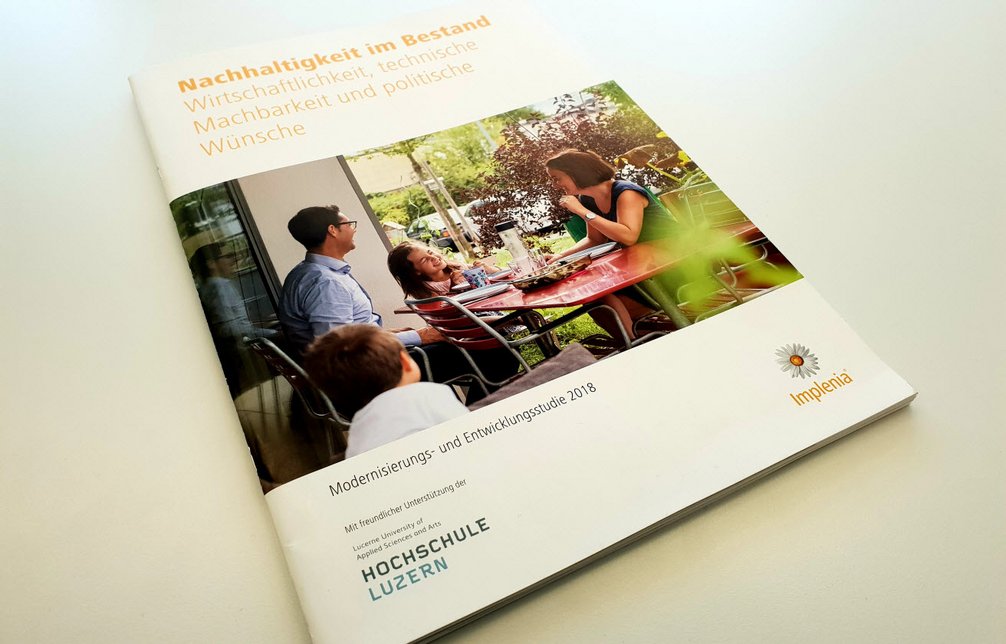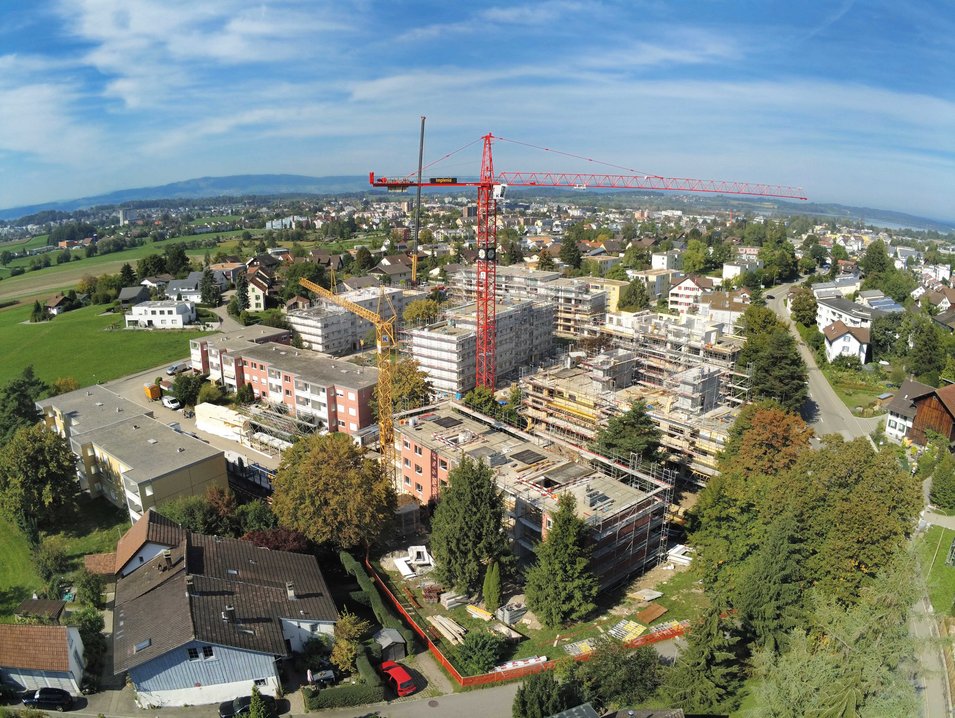Renovating - OK, but how?

Switzerland has around a million medium-to-large residential buildings that are over 30 years old, each of which consumes several times more energy than a comparable newbuild. This is why the Swiss federal government and its cantons are providing sizeable subsidies to support the energy-efficient renovation of old buildings.
For this reason, a fair few owners of multi-family dwellings find themselves having to decide how best to invest in order to maintain their property: should they just renovate where absolutely necessary and leave rents as they are? Or do the subsidies on offer warrant more extensive renovation? Or maybe they would be best off in the middle ground?
As a service provider for modernisation projects, Implenia wants to provide its customers with the best possible advice and has investigated the issue in more depth together with specialists from Lucerne University of Applied Science and Arts. Their conclusion? It rarely makes sense to compromise when renovating old buildings. Specifically, the study of several thousand building renovation projects in summer 2018 revealed that landlords often invested fairly large sums of money without generating an adequate return.
Property owners should therefore consider either the minimum or the maximum scenario for their investments. Which option makes more economic sense will depend on the local market conditions. Outside major cities, there is generally an oversupply of residential property these days. In these locations, simple energy-efficient renovation measures offer an opportunity to offer homes at competitive rents while also reducing ancillary costs.
Where high-quality apartments are in demand, however, like in city centres, it makes sense for building owners to undertake extensive modernisation work. Although high rental income helps to make a project cost-effective, so too do subsidies and lower maintenance costs over the long term. As a general principle, the older the property, the more worthwhile structural measures to improve energy efficiency can be.



